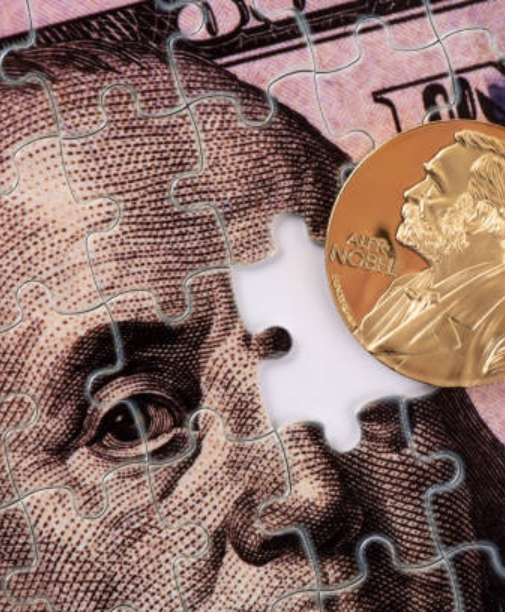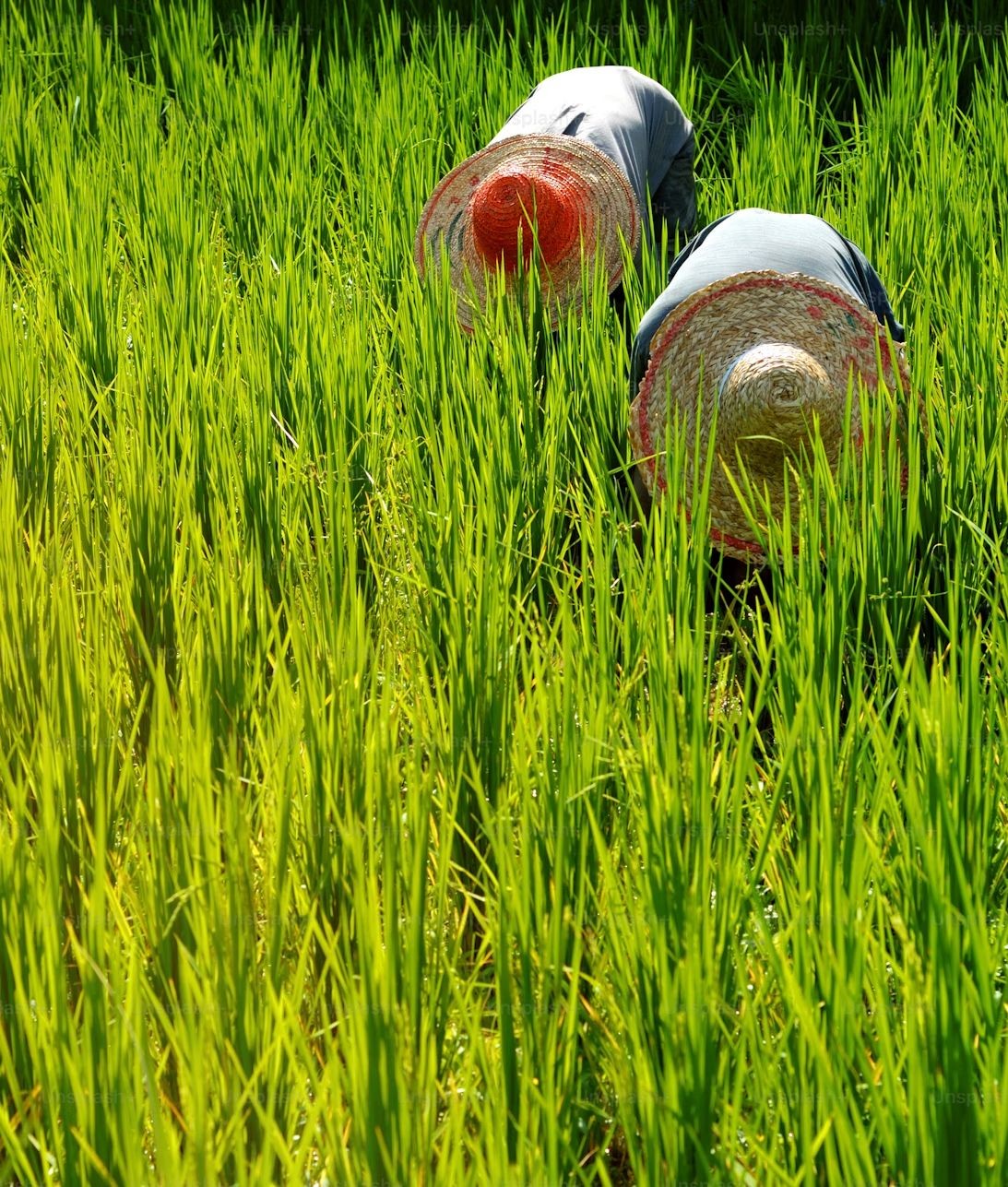
Dans quelle mesure le nouveau plan de relance de l’UE est-il vert ? Des solutions durables pour une économie post-Covid
Author: Gian Paolo Sabatini

COVID-19 has brought levels of recession in Europe that would have been unthinkable only a year ago, as a result the EU has approved a massive recovery plan which includes a 30% quota specifically for green investments. At its zenith, the pandemic had brought most European countries to shut down large portions of their industries. This led to an overall 15% year on year reduction in CO2 emissions and lower levels of pollution, which reminded citizens of how much cleaner the air can and should be, potentially putting more pressure on institutions to act more vigorously on environmental standards. Most sectors of the economy are included in the Recovery Plan’s green financing, and the EU claims 30% of the Recovery Plan is destined for green initiatives, but many question this number as the money is not tied down to green initiatives, giving states some leeway in how they spend the funds.

The EU Recovery Plan was meant to restore EU economies from the shock brought by COVID-19 and it offers a critical chance to shift away from fossil fuels by choosing to prop up green industries via subsidies, ensuring more long-term stability and resilience thanks to climate friendly policies. However, more must be done if the EU is to reach its new goal of 55% lower CO2 emissions by 2030 based on 1990 levels, up from the 40% goal as most of the large European economies were unable to meet their CO2 reduction 2020 targets, which were aimed at achieving a 40% reduction by 2030.
Covid-19 as an opportunity to correct the market
Changing the way the EU invests and supports its industries is the key to tackling climate change, as it starts to prioritise the growth of green and more efficient industries over carbon intensive ones. At the moment, a report by the EU Parliament Policy Department sets oil subsidies in the EU between €39 – 200 billion, creating a market distortion whereby firms are delaying switching to renewable energies as oil is still more convenient, but without the subsidies wind and solar power would be much cheaper to operate. However, according to the aforementioned report, if all oil use were to be halted today the EU would decrease its carbon emissions only by 22%, meaning that if the Recovery Plan truly wants to be a catalyst for lower CO2 emissions, it has to act on all of the economy’s sectors and not the energy sector alone. The Recovery Plan is a €750 billion package, composed by 50% grants, which will mainly help the countries that were hit by the pandemic the hardest, and the other half will be made of loans. The EU has also increased its budget more than twofold compared to the previous budget to reach €1.8 trillion in the 2021-27. The following analysis will briefly look at how the EU is dealing with the energy sector as well as looking at how it will finance heat efficiency projects, agriculture, transport and tariffs on carbon intensive goods.

Pros and Cons of the Revery Plan
The EU has excluded fossil fuels from its subsidies scheme, this means there will be a gradual phaseout of the current subsidies and new projects will not have EU funding. However, when looking in detail at the Recovery Plan, natural gas still gets included in the financing of new projects. This year, 39 natural gas projects have already been approved, reducing the effectiveness of the Recovery Plan at tackling carbon dioxide emissions. The plan has not been ratified yet though, meaning it must still be signed into law. Because there is still some leeway in how the Recovery Plan gets executed, countries such as Sweden and Denmark are pushing for natural gas projects to be subsided on the condition these natural gas facilities be tied to carbon capture projects as a pre-condition for funding. Even if this condition does not get ratified, while natural gas is suboptimal, it’s still the most “sustainable” fossil fuel as it generates far fewer emissions per GWh, making it suitable as an energy source in the transition period before carbon neutrality. Having said this, the EU should seriously consider at least limiting the amount of new projects it allows. Renewable energies are already price competitive with natural gas, giving more energetic independence than natural gas since they do not require brokering with partners who may use their privileged position to further their own geopolitical ambitions.
Energy efficiency is at the centre of the Recovery Plan. The EU has allocated €91 billion a year for home energy efficiency and green heating, making it the most funded activity amongst green investments. Activities in this sector include retro-fitting buildings with low energy standards with better isolation and newer, more efficient heating. This is the most cost-effective green way per euro spent to create jobs while reducing CO2 emissions, making it a very appetible solution from a political standpoint. The road to carbon neutrality is not only to build an economy that does not rely on fossil fuels, but to also create stable jobs that will make the economy more resilient, thereby sharing the dividends of economic growth more evenly than under a system that is highly resource intensive, where income inequality thrives.
The Just Transition Fund aims at helping countries which are disproportionately affected by the transition to a decarbonising economy and it has been allocated €40 billion, five times more than the previous EU budget. Member states as Poland and Romania still heavily rely on carbon as the primary energy source, making them averse towards green reforms. This large subsidy should in part appease these countries to make them more favourable towards reform. Notably, the funding for this initiative has been slashed by almost €30 billion from the first proposal, but the European Commission estimated it will create 1 million jobs, which will be largely taken by workers working in the coal and fossil fuels industry, preventing long-term structural unemployment and economic degradation of the areas most affected by the abandonment of coal.


Transports occupy a large part of the budget as around 20% of EU carbon emissions are generated by this sector alone. While cars are important, trains are much more cost-effective than cars with regards to carbon emissions. According to the European Environmental Agency, rail freight has a six-times lower specific energy consumption per ton/km than road. However, less than 20% of goods get transported on rails compared to more than 55% on roads even though the EU already has one of the best railway networks and is currently building new links between its member countries. For this reason, it is not enough to subsidise clean rail transport as much more should be done to actively discourage road transportation in favour of rail freight.
The EU commission has also decided to implement €14 billion in tariffs on carbon intensive goods. This is an important step towards securing less carbon intensive supply chains. At first, it may seem like a country as the UK is emitting a lower quantity of CO2 than it does, most estimates failing to take into account the emissions produced by imported carbon intensive goods. This tariff is a good first step towards tackling this problem, but more needs to be done to set up and finance carbon reducing schemes in developing countries, which will be disproportionately affected by such a tariff. In addition, the EU needs to find ways to store the excess energy produced by renewable energy sources from solar and wind farms to make this energy constantly available. Thus, it’s important for the EU to fundamentally change its energy grid to favour large energy storage solutions as batteries or, more likely, hydrogen. The EU should rely more on its universities to research more efficient ways to carry out these operations.
While agriculture is not part of the Recovery Plan, it must be taken into account as it takes up one third of the EU 2021-2027 budget, with subsidies of €390 billion going towards the Common Agricultural Policy (CAP). With regards to green reforms, this is the most delicate issue as it must deal with strong national and corporate interests. The Corporate Europe Observatory, a think tank that monitors corporations, claims that the agri-business lobby together with pesticide corporations and agricultural multinationals are doing everything they can to stop the European Commission from aligning CAP’s measures to the Green Deal’s guidelines. Right now the CAP is inefficient, it greatly prioritises large companies over small farmers and it’s financing polluting and outdated ways of doing agriculture. Emissions from agriculture hover around 15 to 20%, but as the EU economies get closer to decarbonisation, it is poised to become the greatest source of CO2 emissions. Therefore, if Europe is to reach net carbon neutrality by 2050, it must be able to deal with German corporations and Italian agricultural interests by nudging them towards greener, more socially equitable alternatives as regenerative and organic agriculture.
Overall, the EU Recovery Plan is set to accelerate EU CO2 reductions and it’s an important step towards decarbonising EU economies. The EU has embarked on the right path by choosing to finance these activities, but it should invest more in hydrogen technology in order to store the excess renewable energy it often generates in Scotland and Germany and it should make even larger investments in its world-class universities to fund more efficient solutions towards lower CO2 emission. Nevertheless, without further measures, the Recovery Plan is unlikely to lead the EU to achieve its emissions and environmental targets for 2030. This is largely due to the failure of the European Commission to integrate the Green New Deal with the Common Agricultural Policy. Considering emissions from agriculture will occupy a larger share of CO2 emissions as industries and transportation become less carbon intensive, it’s crucial for the EU to be able to set plans that affront national and corporate interests preventing a faster and more effective decarbonisation of the European agricultural sector.
Note about the author: Gian Paolo Sabatini is a 3rd Year Political Economy Student at King’s College London. He is passionate about Impact Investment and Renewables as well as Geo-Political dynamics concerning Economic Imperialism and Foreign Policy.
REFERENCES
Bianchi, F., 2020. La Guerra Di Interessi Intorno Ai Miliardi Della Pac, La Politica Agricola Comune Europea. [online] l’Espresso.
European Parliament, 2017. Fossil Fuel Subsidies, Directorate General For Internal Policies Policy Department A: Economic And Scientific Policy.
Carrington, D., 2020. EU Green Recovery Package Sets A Marker For The World. The Guardian.
Science | Business. 2020. How Big Is The EU’S Research Spending Gap? €110B.
RailFreight Forward. 2020. 30 by 2030 Rail Freight strategy to boost modal shift.





Laisser un commentaire